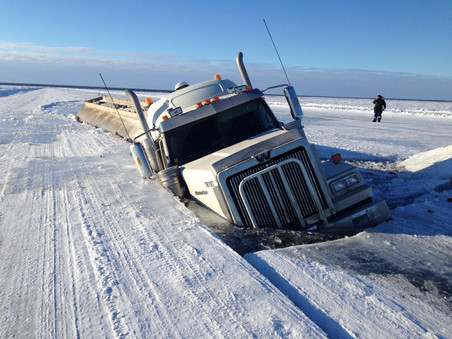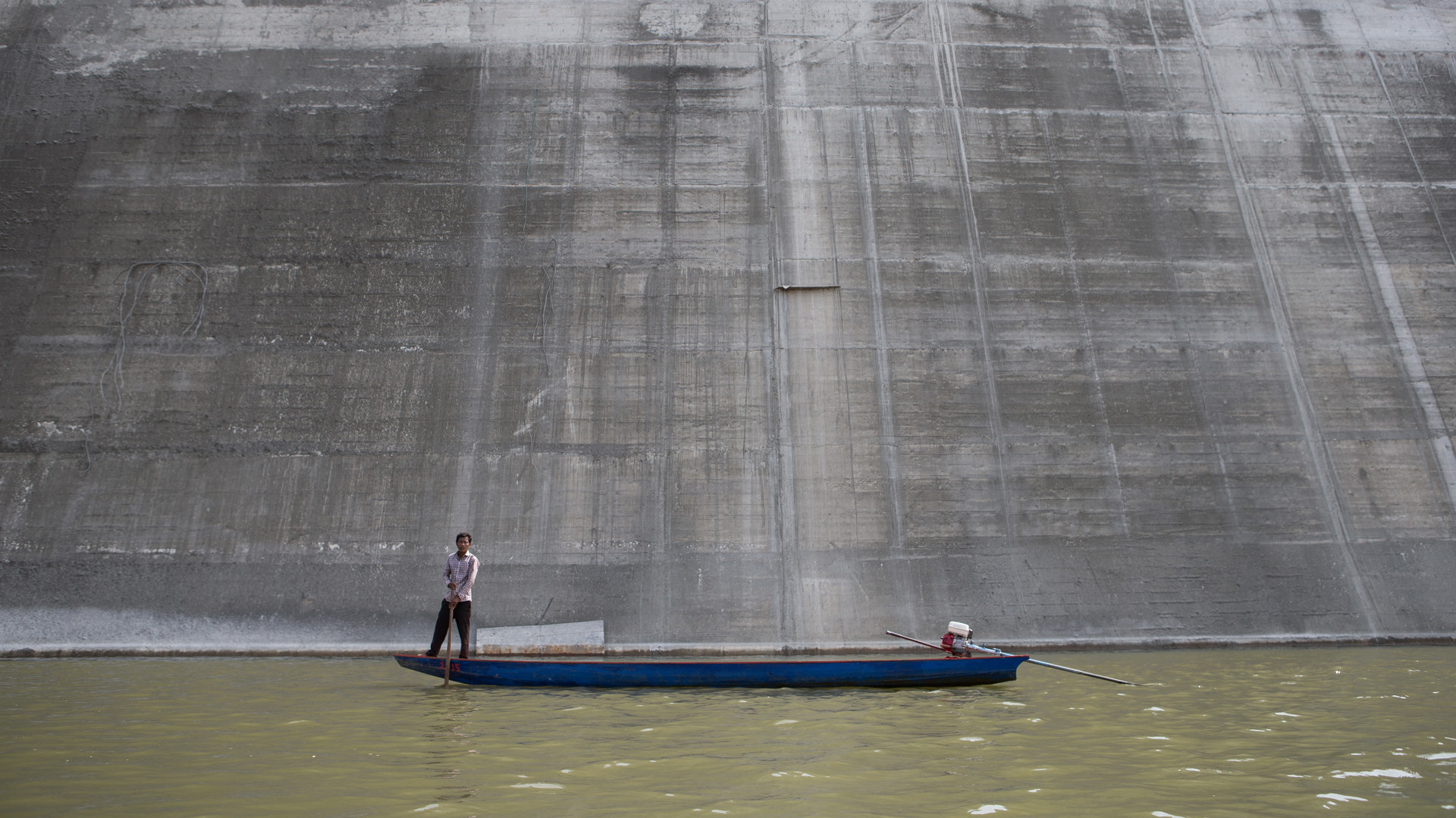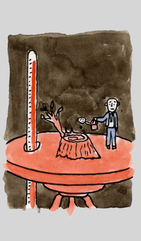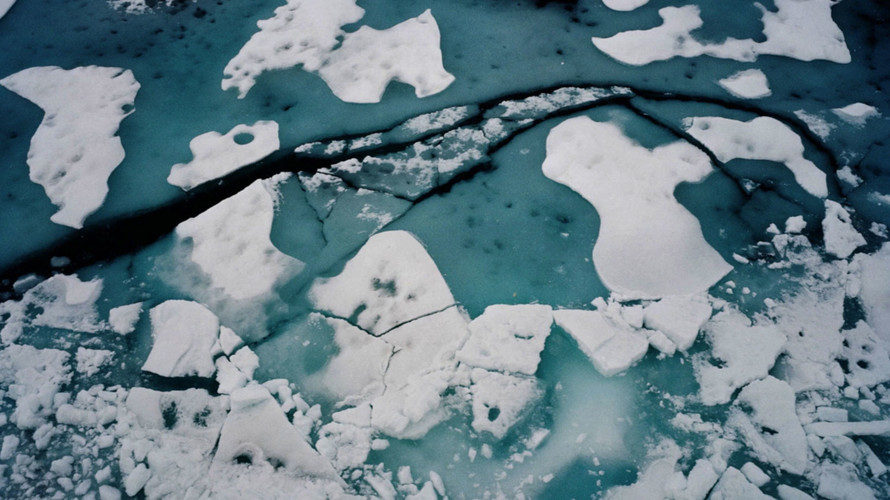When an oil truck breaks through melting ice, it’s hard to respond without sarcasm, environmental economist Gernot Wagner commented on Twitter in March 2016. The photograph making its way around the world at that moment pretty much said it all.
An oil truck broke through the ice near the town of Deline, Canada in early March. Photo from the Government of the Northwest Territories

The picture was taken near the town of Deline in northern Canada. The government had increased the maximum weight for trucks on this ice road from 10,000 to 40,000 kilos – a decision that, following the warmest February ever recorded, turned out to be a poor one.
The irony was unmistakeable. Still, taken on a day-to-day basis, it is easy to lose sight of global warming. The crisis is unfolding stealthily, and outside our field of vision. I collected twelve stories, each of which – in its own way – illustrates how climate change is affecting the world. Not in ten years, or twenty or fifty years, but today.
—Translated from Dutch by Liz Gorin and Erica Moore
More from The Correspondent:


















